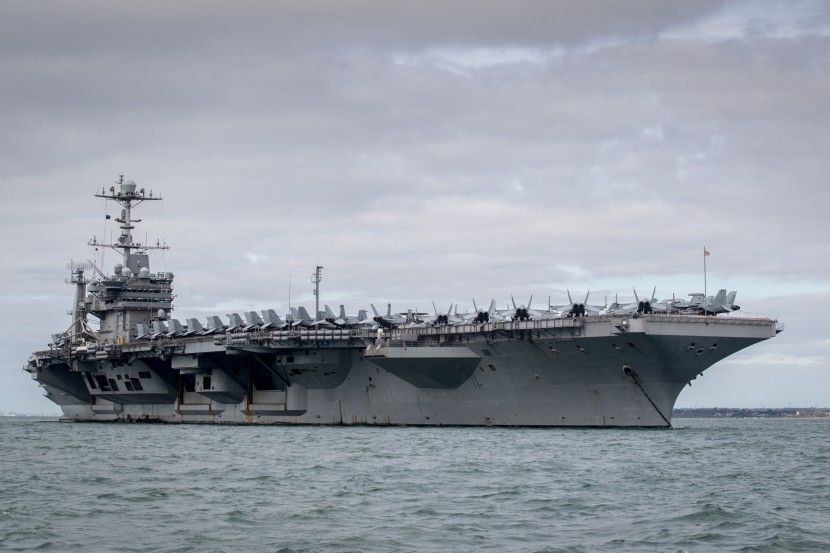
The nuclear-powered aircraft carrier USS Harry S. Truman collided with a Panamanian-flagged merchant vessel in the Mediterranean Sea near Egypt on Wednesday night, a Navy spokesperson confirmed Thursday.
The cause of the collision between the U.S. warship and the bulk carrier Besiktas-M remains unclear. However, the Navy stated that the incident did not result in any flooding aboard the Truman, and its nuclear propulsion systems were unaffected. No injuries were reported on either vessel, though the merchant ship sustained some damage.
An investigation is now underway to determine how the two vessels collided. A Navy official noted that the area near the Suez Canal is typically crowded with ships, making navigation challenging.
The Besiktas-M, a 617-foot (188-meter) vessel, had recently exited the Suez Canal and was en route to Romania, according to tracking data from Marine Traffic. Meanwhile, the 1,100-foot-long Nimitz-class carrier USS Truman was heading toward the canal at the time of the incident.
Marine expert Sal Mercogliano, a professor at Campbell University, highlighted the difficult conditions in the region, stating that the collision occurred near an anchorage off Egypt's Port Said, where approximately 100 ships were present.
"There is not a lot of room for maneuvering in a restricted seaway, and both ships require about one nautical mile to stop," former US Navy captain Carl Schuster, now an instructor at Hawaii Pacific University, explained. He added that minor navigation mistakes, misreading another vessel's movements, or delayed decision-making could lead to dangerous situations with few options for avoidance.
The Truman had recently visited Souda Bay, Greece, for a "working port visit" after conducting two months of combat operations in the Central Command region, during which it carried out airstrikes against Houthi rebels in Yemen and ISIS targets in Somalia, according to the Navy.
Collisions between U.S. aircraft carriers and merchant vessels are rare, as these warships typically travel within a protected strike group. However, experts note that navigating the Suez Canal requires ships to move in a single-file formation, potentially increasing the risk of such incidents.
The last known collision involving a US aircraft carrier and a merchant vessel occurred on July 22, 2004, when a dhow struck the former USS John F. Kennedy in the Persian Gulf, according to USNI News.
In 2017, two separate collisions involving US Navy destroyers proved fatal. The USS Fitzgerald struck a cargo ship off Japan in June, killing seven sailors, while 10 sailors died in August when the USS John S. McCain collided with a tanker near Singapore.
The Navy has not provided a timeline for when the investigation into the latest collision will be completed.








